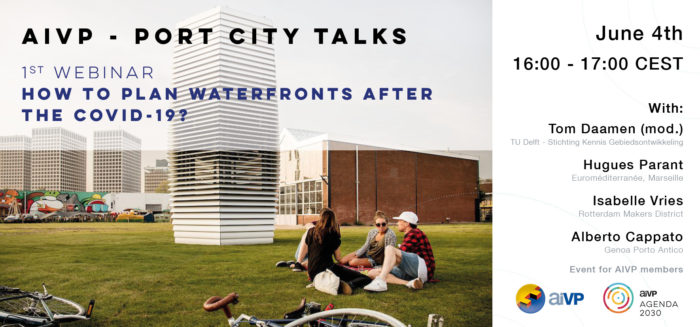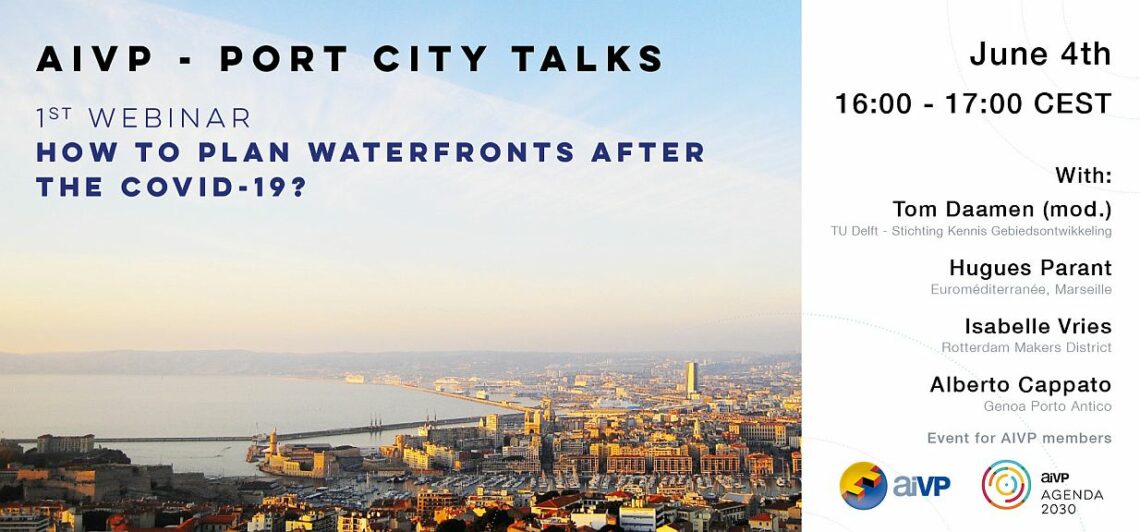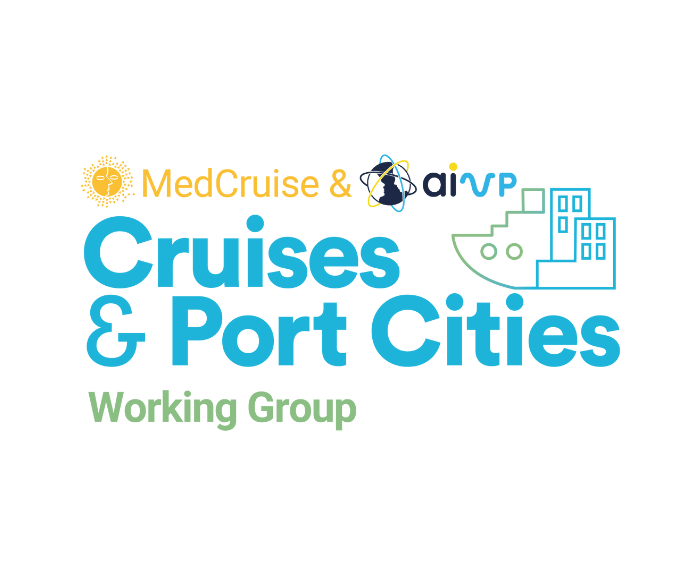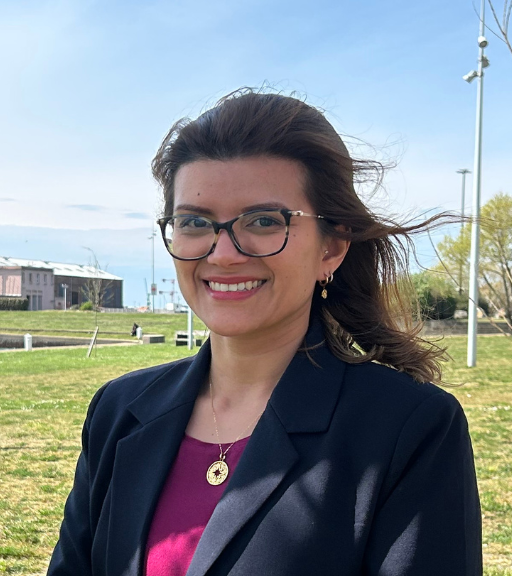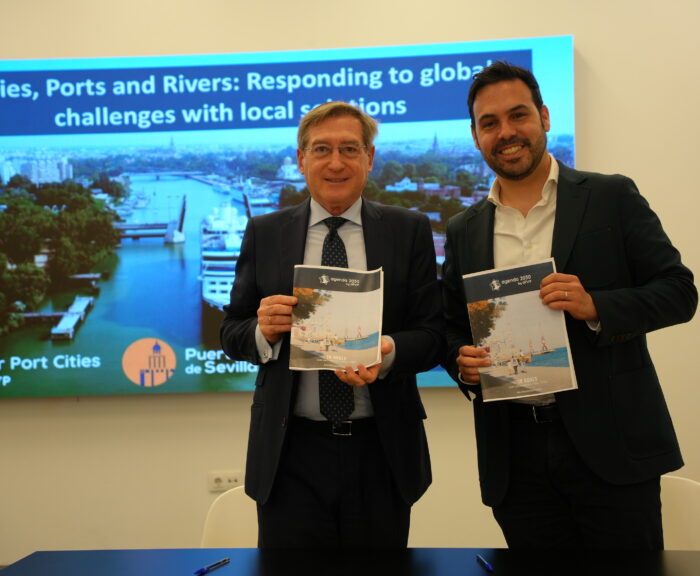AIVP is launching a series of three webinars to discuss the port city after the COVID 19. The current circumstances impede us to develop the usual meetings to exchange experiences. But it is in this difficult context when brainstorming, cooperation and new ideas are more necessary. For that reason, and in the very essence of the AIVP network, we have prepared these online events to help our members to improve their port cities and prepare them for future challenges. The first one is already on June 4th at 16:00 (GMT+2) to discuss waterfronts after the Covid-19. You can already register and join Prof. Tom Daamen (TUDelft), Mr. Hugues Parant (CEO of Euroméditerranée), Ms. Isabelle Vries (General Manager of Rotterdam Makers District) and Mr. Alberto Cappato (General Manager of Port Antico), to discuss about Marseille, Rotterdam and Genoa.
This webinar is only for members of AIVP: Ask for registration here
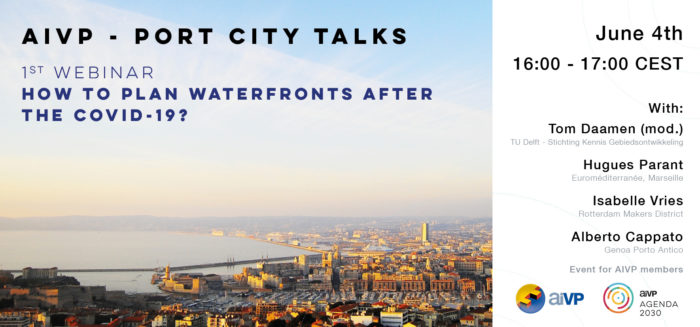
Planning and managing waterfronts after the COVID-19
As we all know, waterfronts are large open spaces where the contact between the water and the city takes place. They are very often characterized by pedestrian areas with high quality public spaces and cultural events, cherished by locals and visited by tourists. They have layers of history and symbolism, and host some of the preferred leisure or work areas in port cities. However, these spaces have been forcefully empty in the past weeks, losing their traditional bustle.
The global health emergency has forced population of urban areas to stay indoors, forced to avoid the very essence of cities, close social relationships. This drastic change in our routines has dramatic consequences, not just in our own personal lives, but also in all economic and commercial activities that depended on these social interactions. The medium- and long-term social and economic consequences of the strict limitations imposed remain unclear. However, it is obvious that activities pending on intense flows of visitors are suffering some of the harshest effects. Most of these commercial activities in areas such as waterfronts are intended for the general public, that cannot visit these spaces or do it in a very limited way. Additionally, the plans for deconfinement proposed by different governments also include new strict new norms for social activities, that will extend these negative effects. In any case, the new “normality” it gradually setting in, and we will need to adapt.

At the start of deconfinement plans proposed by different governments, it is important to define a reference framework and a restart project for a progressive recovery in safety of cultural and commercial activities and consequently the exercise of the traditional functions of the area.
We are seeing how during the first period after the month-long isolation free circulation will still be limited, perhaps within our city or region. In this difficult context, the most symbolic public spaces, like waterfronts, gain a new role, relaunching the confidence and hope of local citizens. It is indeed a new opportunity to question how we plan and manage these spaces, what do they represent in the beginning of the 3rd decade of the 21st century, or how can they be rethought and adapted to the new “normal” more than 30 or 40 years after they were originally planned and designed. We may ask, if our society is forced to change, how should our spaces adapt?
AIVP is taking into consideration all these concerns for port cities and calls for a joint international reflection. In this context, a comparison with between similar situations around the world could be an opportunity to offer further ideas and possible solutions to react to the crisis. When AIVP was founded in 1988, the predominant topic for port cities was planning the waterfront, today, 32 years later, we need to discuss again how to live, plan and manage these spaces. Join us in our first webinar and discover what is happening in the port cities of Marseille, Genoa and Rotterdam.
